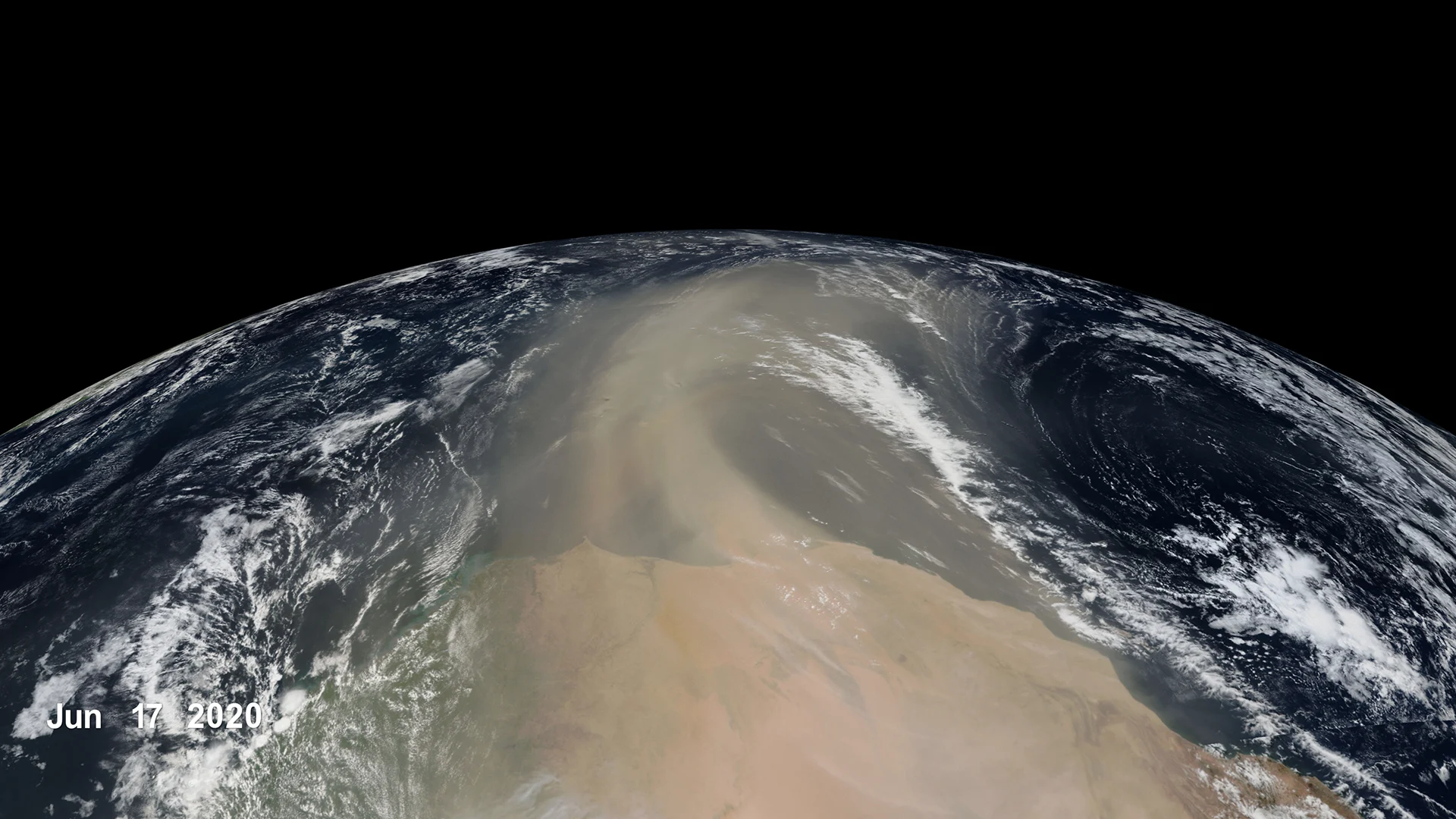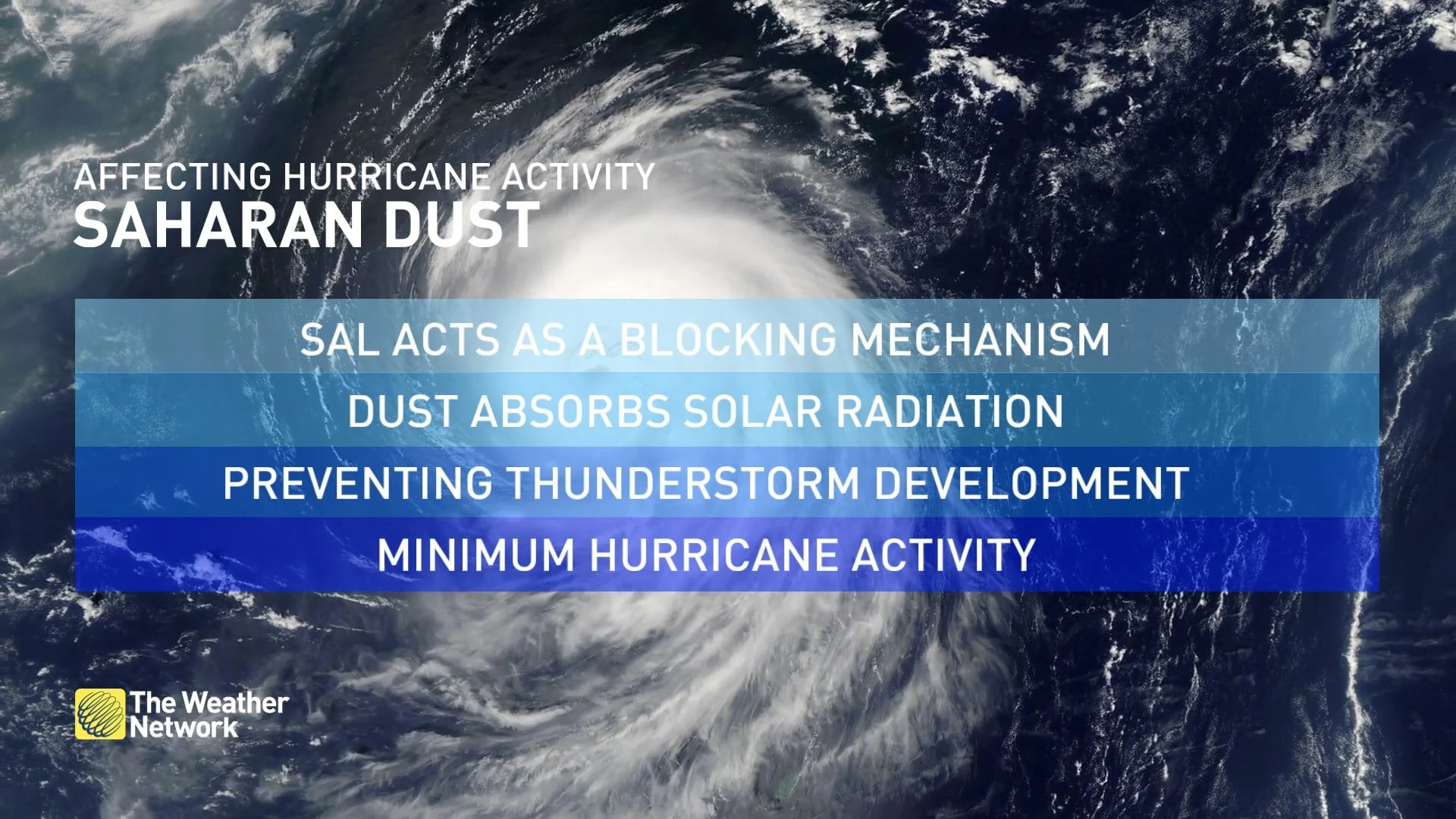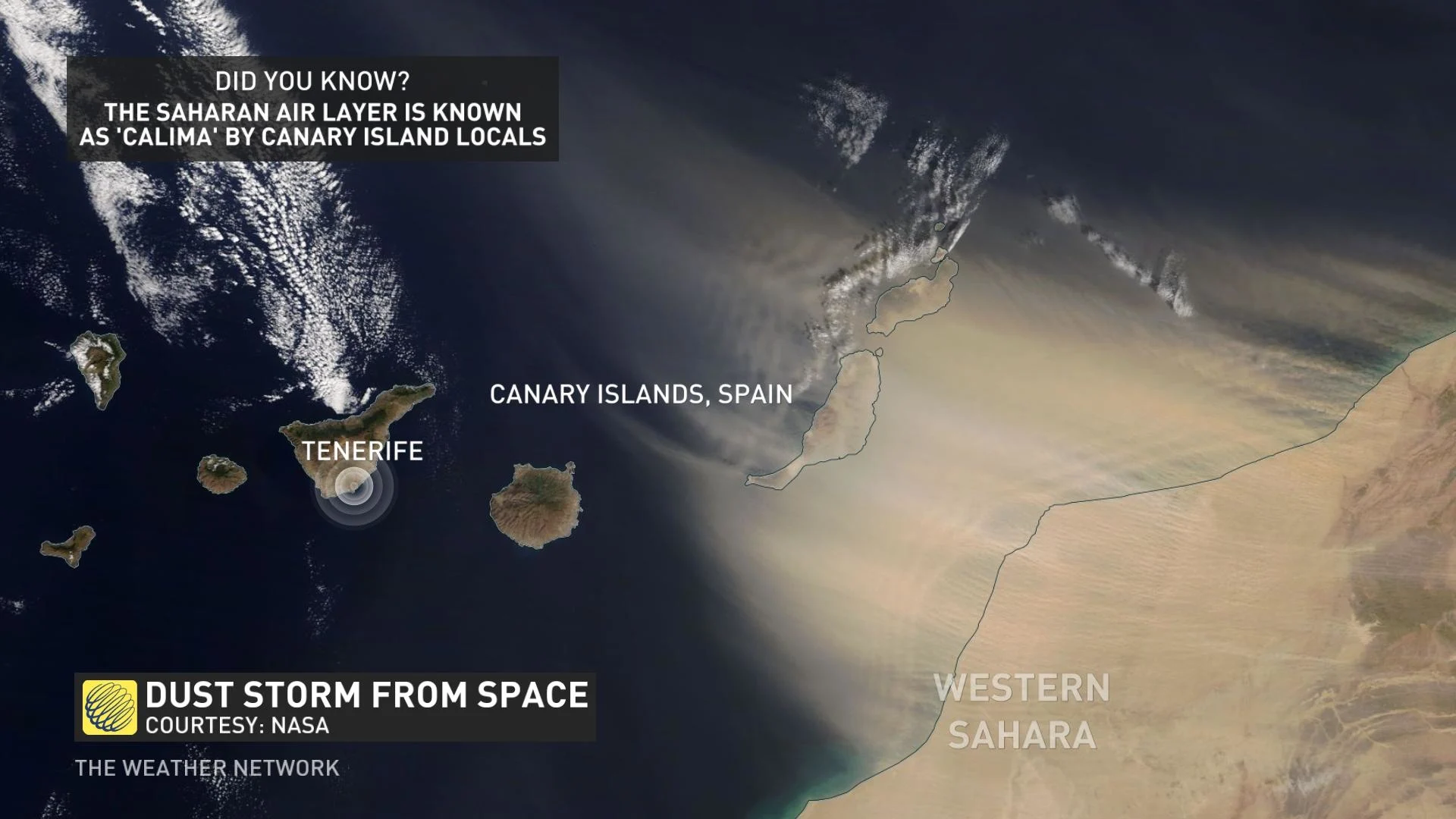
Saharan dust can make or break a monstrous Atlantic hurricane
Hurricanes are some of nature’s fiercest storms. It takes surprisingly little to make them fizzle out, and Saharan dust is one of the biggest culprits
Many of the Atlantic Ocean’s fiercest hurricanes started with clusters of thunderstorms thousands of kilometres away in the heart of Africa.
Monsoon storms bubbling over sub-Saharan Africa seed most of the tropical cyclones that develop over the Atlantic during the peak of hurricane season, taking advantage of a favourable environment to grow from a modest disturbance to a formidable beast.
But even as the continent serves as the birthplace of our strongest storms, another hazard blowing off the coast can just as easily kill a budding hurricane before it has a chance to bloom.
DON’T MISS: Are more ‘Godzilla’ dust storms on the horizon?
The Sahara is the largest hot desert in the world, covering almost one-third of the African continent with sandy dunes and some of the hottest temperatures the weather can produce.
Venture farther south from the Sahara and the climate gradually shifts from desert to tropical, with summer monsoons driving near-daily thunderstorms and plentiful rainfall.

(Satellite image courtesy of NASA.)
A quick gaze at our blue marble from above easily reveals where these monsoon rains set up every year as the land graduates from arid to lush over a relatively short distance.
Heavy thunderstorms regularly develop near this transition zone and move west across the continent on prevailing winds. These tropical waves roll into the eastern Atlantic Ocean, where they can slowly develop into tropical cyclones that swirl across the basin.
But tropical waves aren’t the only disruptive features caught up in those easterly winds.
Saharan Air Layers can starve a budding hurricane
Dry, sandy winds frequently blow off the Sahara Desert during the summer months, sending mammoth clouds of dust streaking across the Atlantic Ocean.

Each sizable puff of hot, dusty air that blows off the continent is known as a Saharan Air Layer (SAL), and these features can severely disrupt the development of hurricanes—and even fill skies over North America with haze and dangerous air quality.
A significant intrusion of Saharan dust over the tropical Atlantic Ocean can alter the environment enough that it stifles tropical cyclone development.
MUST SEE: North Atlantic temperatures are breaking records. What does it mean?

The high concentration of dust in the air can reflect sunlight and serve to cool the environment. These desert-borne winds are also very dry, which robs critical moisture that tropical cyclones need to develop and thrive.
The combined effects of cooler temperatures and drier air can starve existing storms of the ingredients they need to survive, and the hostile environment stymies tropical disturbances before they have a chance to grow.
WATCH: Are more ‘Godzilla’ dust storms on the horizon?
Saharan dust can affect the skies over North America
A significant plume of dust blowing off the Sahara Desert back in the summer of 2020 reached the skies over the Caribbean and southern United States, significantly affecting air quality throughout the region and even making for extremely colourful sunsets for several weeks.
High concentrations of dust are hazardous to breathe in, especially for children and adults living with chronic health conditions like asthma. Dust particles are tiny enough that they easily penetrate deep into our lungs.

A significant Saharan Air Layer entering the Atlantic Ocean in June 2020. (Image courtesy of NASA.)
RELATED: Sahara dust in Europe has traces of 1960s-era nuclear radiation
Plentiful dust in the upper levels of the atmosphere can lead to colourful sunrises and sunsets for communities caught beneath the plume. Dust efficiently scatters sunlight as it passes through the atmosphere, allowing only the longest wavelengths—vivid splashes of reds, oranges, and yellows—to penetrate the dusty air and reach the ground.
Puffs of dust migrating off the world’s hot deserts can have benefits, as well. Minerals within the dust can fall in the oceans and on the ground thousands of kilometres away, according to NASA, fertilizing waters and soils alike to the great benefit of life within those bountiful ecosystems.
Thumbnail image courtesy of NASA.






